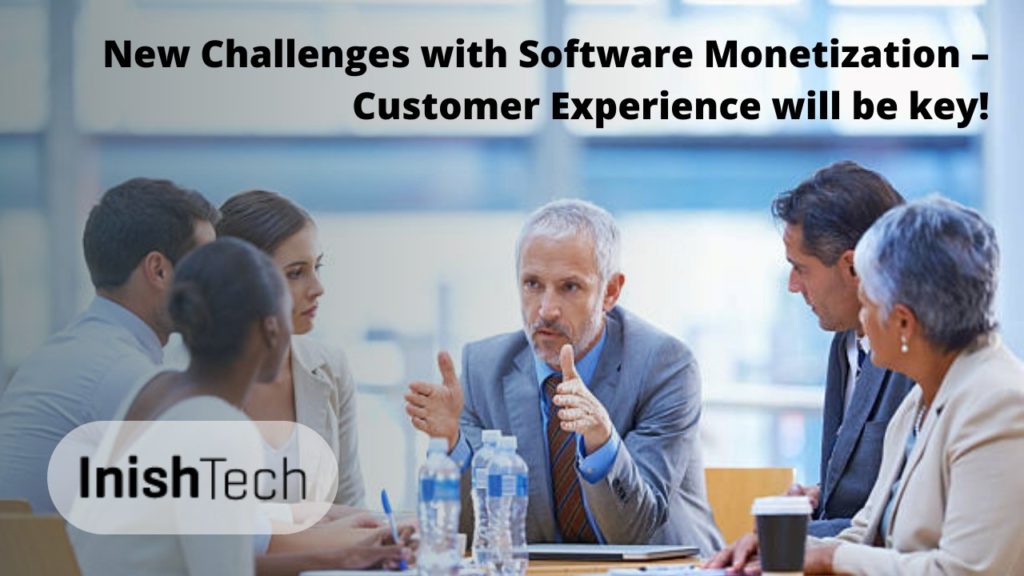
There are usually three key reasons stated as to why customers purchase software products/services:
- To Make Money
- To Save Money
- To be Compliant – CYA!
It is interesting to look at those three factors in relation to how an ISV views their investment in Licensing and Protecting the applications that they sell.
Firstly, they need their customers to be compliant with the terms of their licensing agreements and the best way to effectively ensure a customer’s compliance is a robust, flexible software Licencing mechanism.
Secondly, enforcing Licensing effectively and ensuring customer compliance will help negate the need for customer audits and save the significant costs and disruption associated with these.
So far, so good – both the ISV and the customer see benefits and provided the licensing experience is frictionless it is a win-win scenario.
Where the issues have arisen historically is with the use of Licensing to “Make More Money” and optimise revenues. The simplistic view was to use Licensing as a defensive tool to stop piracy and abuse of software and assume that this was also the best way to maximise revenues. While there is some logic to this it is only justified provided the same licensing process is not an impediment to actually increasing sales. Unfortunately, more often than not, this was not the case and cumbersome Licensing Systems that were not customer focussed often discouraged additional sales.
Typical examples of this approach include:
- Lack of Managed Trials to encourage new sales
- Lack of flexibility in Application Package options
- No customer control over Licence re-allocation or re-deployment
- Difficult upgrade processes – usually requiring manual interface with the ISV
ISVs generally recognise this problem, and some have invested in more modern Licensing systems that are Cloud Based, Customer Centric and easy to engage with. Others have not, claiming that it is too costly and risky to switch systems that are heavily integrated and embedded within their Line of Business ERP and CRM applications.
That argument is very debatable. Is it worth eschewing the opportunity to significantly increase sales opportunities solely based on the possible upheaval and risk involved in changing outmoded and inefficient internal business process? Individual ISVs can answer that question better because they know their own circumstances, but it is unlikely to be a valid argument for much longer.
The reason for this is a fundamental shift in how customers’ purchase and utilize software, requiring significant changes to sales and fulfilment processes. craccatoita This in turn impacts the underlying business systems and in particular, how accounts receivables (Invoice and Billing) will need to interact with customers.
There is already a significant shift towards subscription options meaning some customers remain on traditional up front License Fees with Annual Support while others are on recurring billing. Increasingly there will be customers with both. Many ISVs will have SaaS offerings and Hybrid options with a combination of On Premise and SaaS. In certain applications, metering will be a factor, both pre and post-paid, where it is appropriate to charge according to feature and resource usage.
This is a potential nightmare scenario for customers. The last thing customers want is a complicated commercial agreement with multiple invoices and bills. They will need a simple unified billing process that is easy to understand and manage. This is going to require changes in billing systems by ISVs in order to avoid customer dissatisfaction.
While this means change and investment, it also provides an opportunity to streamline the entire customer experience and lifecycle if ISVs rise to the challenge and are prepared to replace or improve outdated systems that are clearly an impediment to a good customer relationship.
There are challenges to be overcome but the rewards for both Vendors and Customers far outweigh the risks.
